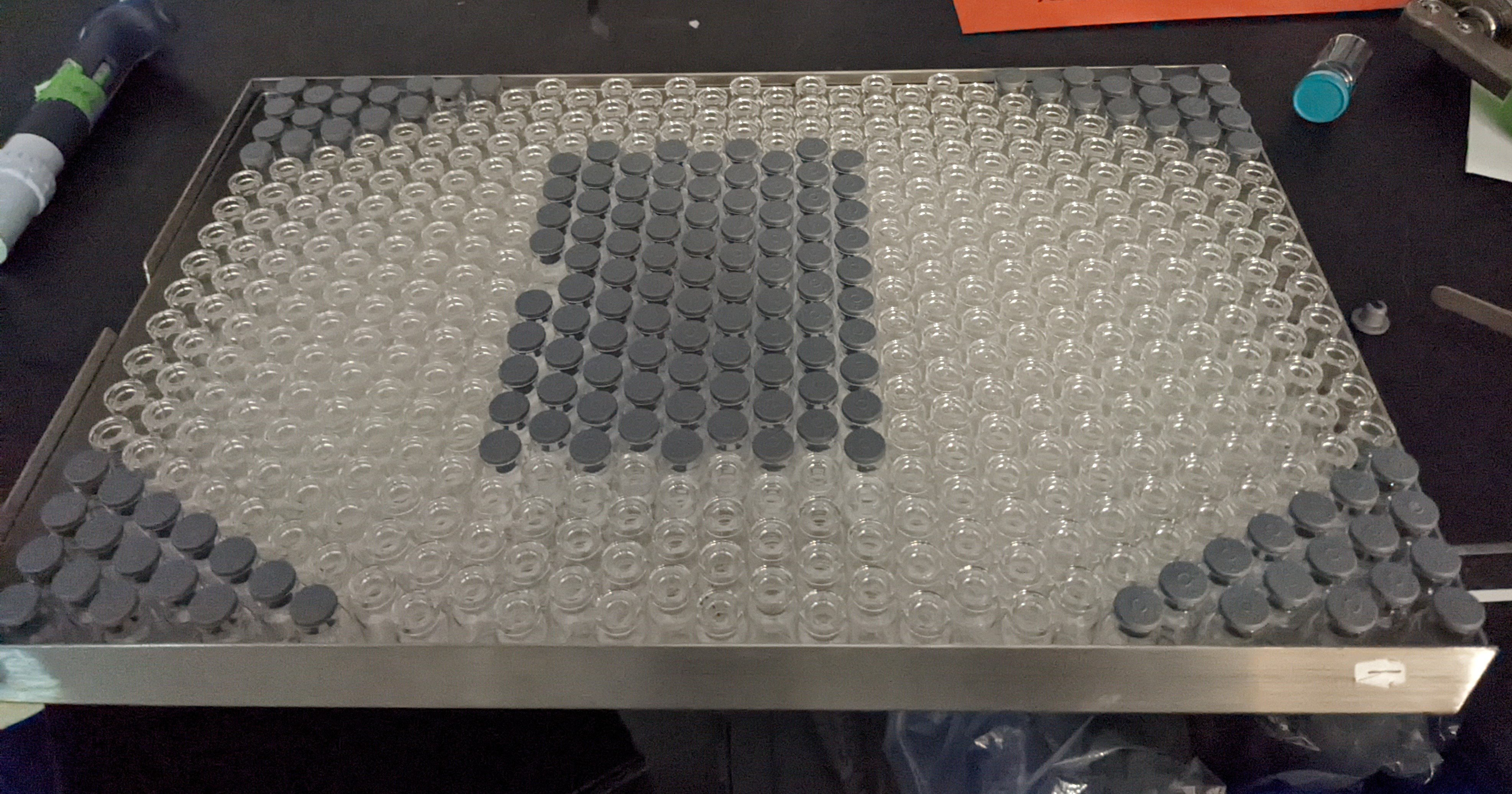This video is very long and entertaining and there’s a lot of evidence of the effort he put into it. The one real criticism I have is that it seems like he didn’t do a lot of research on what foods work well with freeze drying, preferring to do his own experiments and getting gnarly results on basically everything that isn’t already a well-known freeze dried product.
Personally I think one of the most useful things to freeze dry would be fresh, home grown herbs. Another big one is homemade soups and stocks.
As for the usefulness of freeze dried food? The big one he missed is camping and hiking. Frozen foods just aren’t going to cut it when you’re away from electricity for a week or more. You need lightweight non perishable food and for that nothing beats freeze dried. Just need to get some water from a lake or river!



